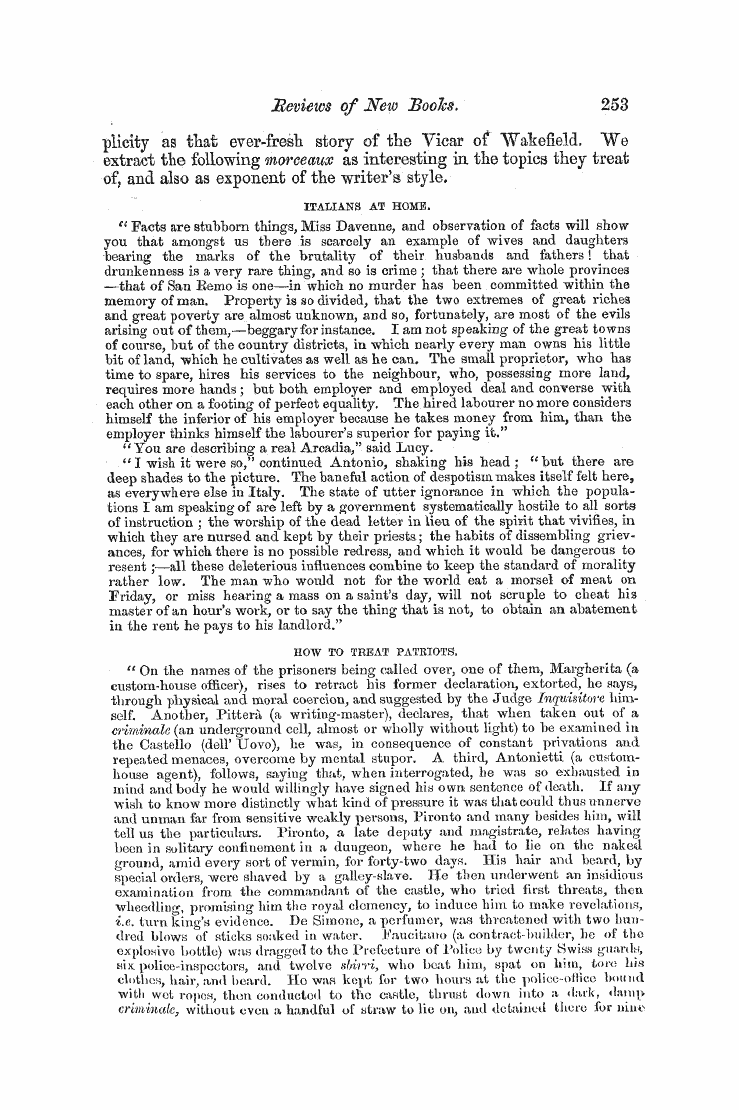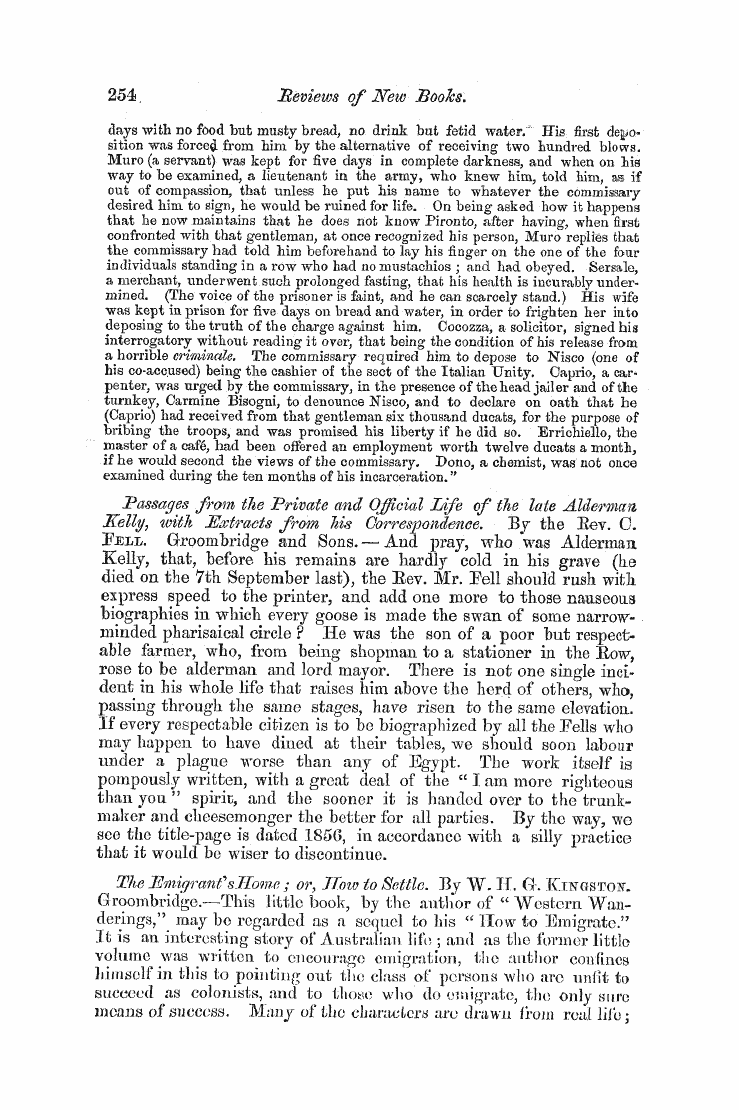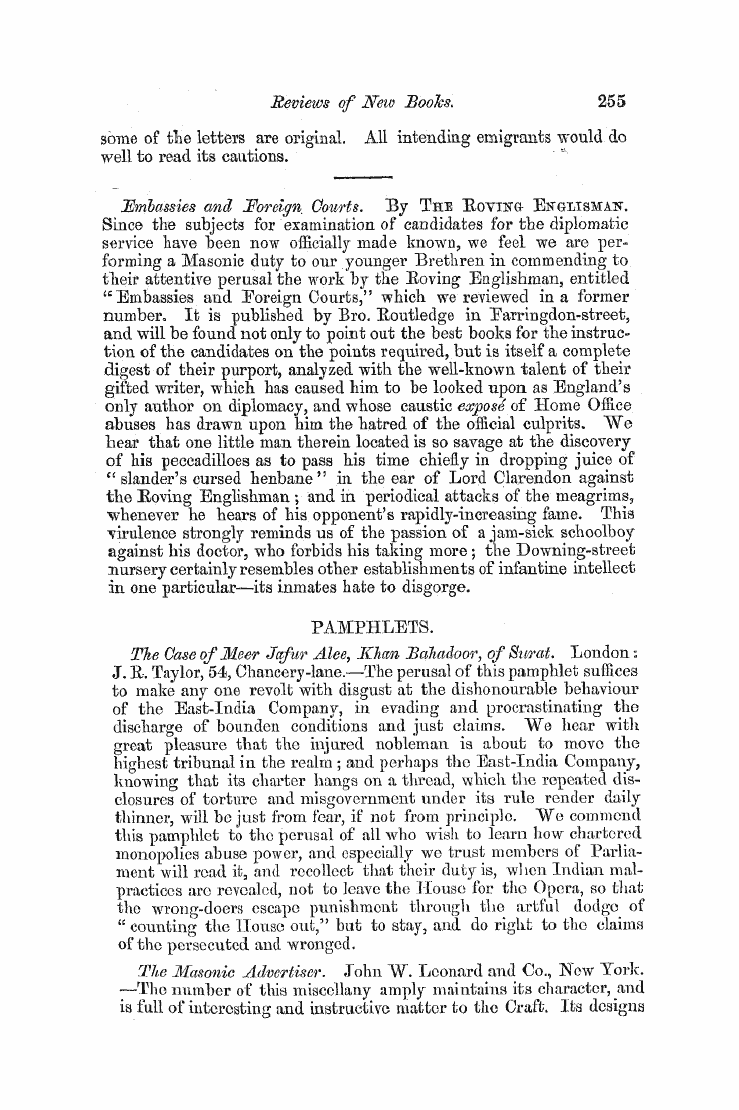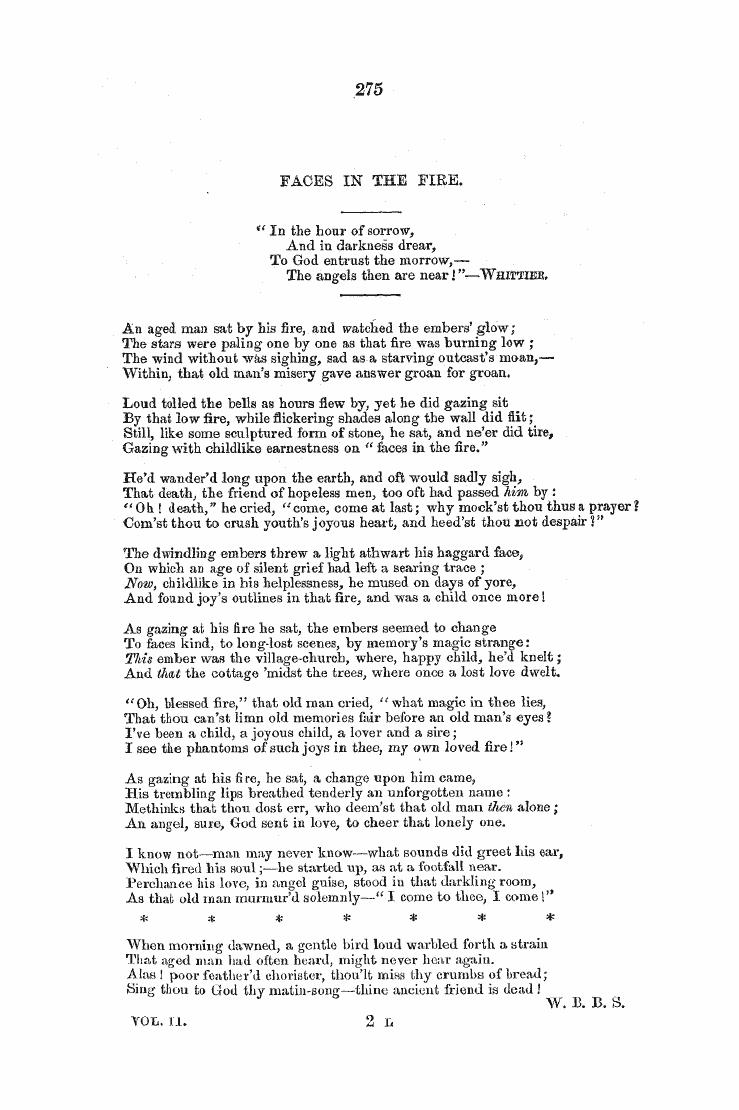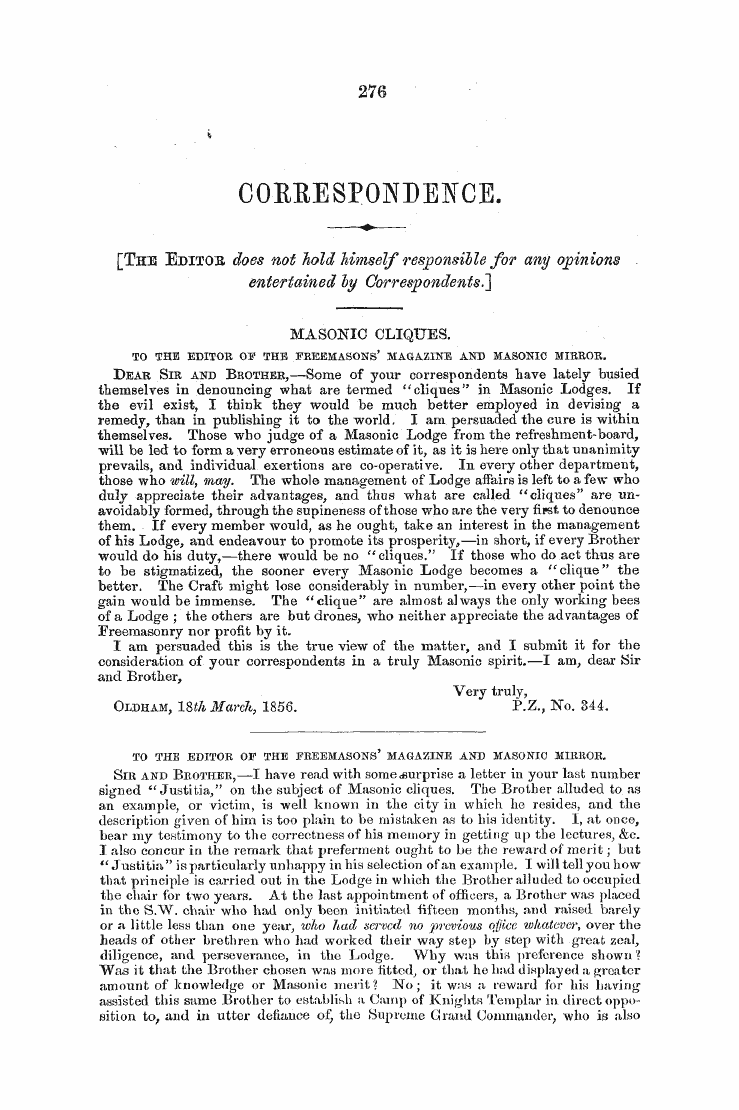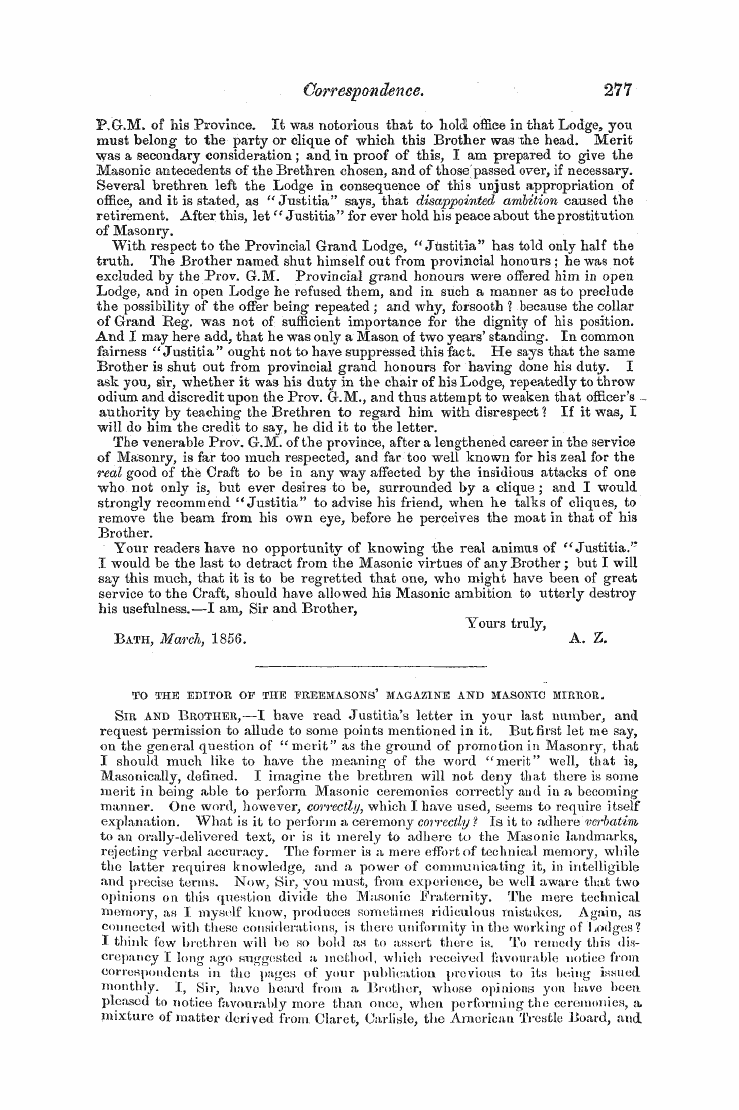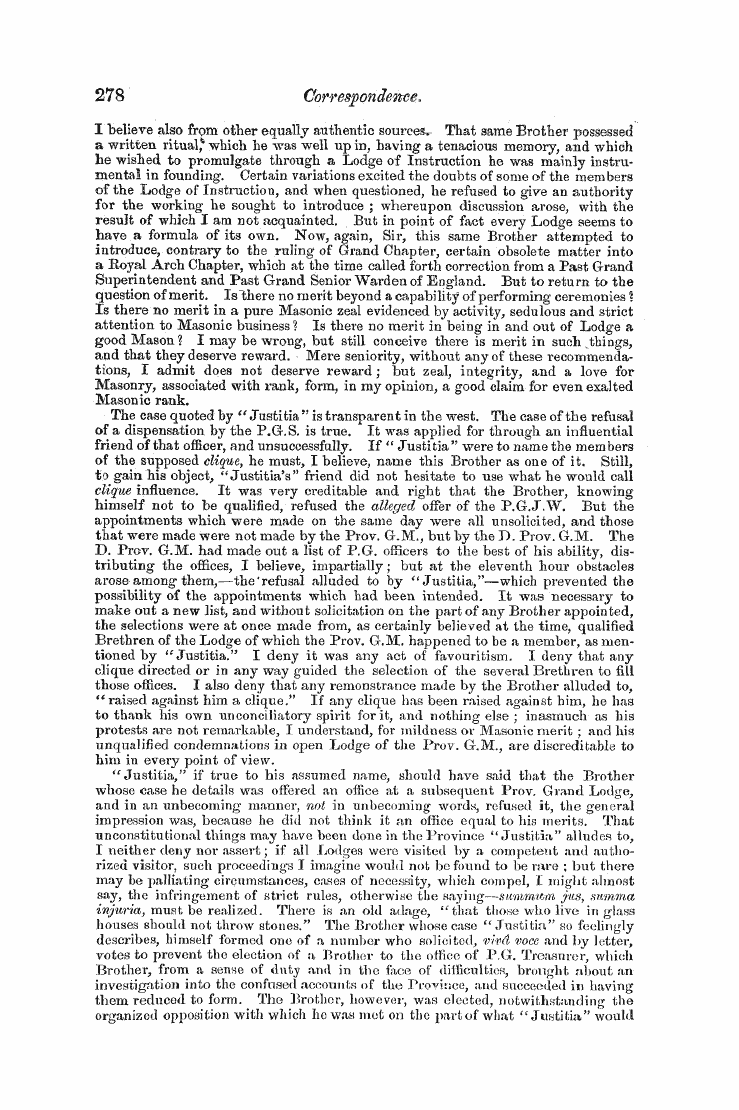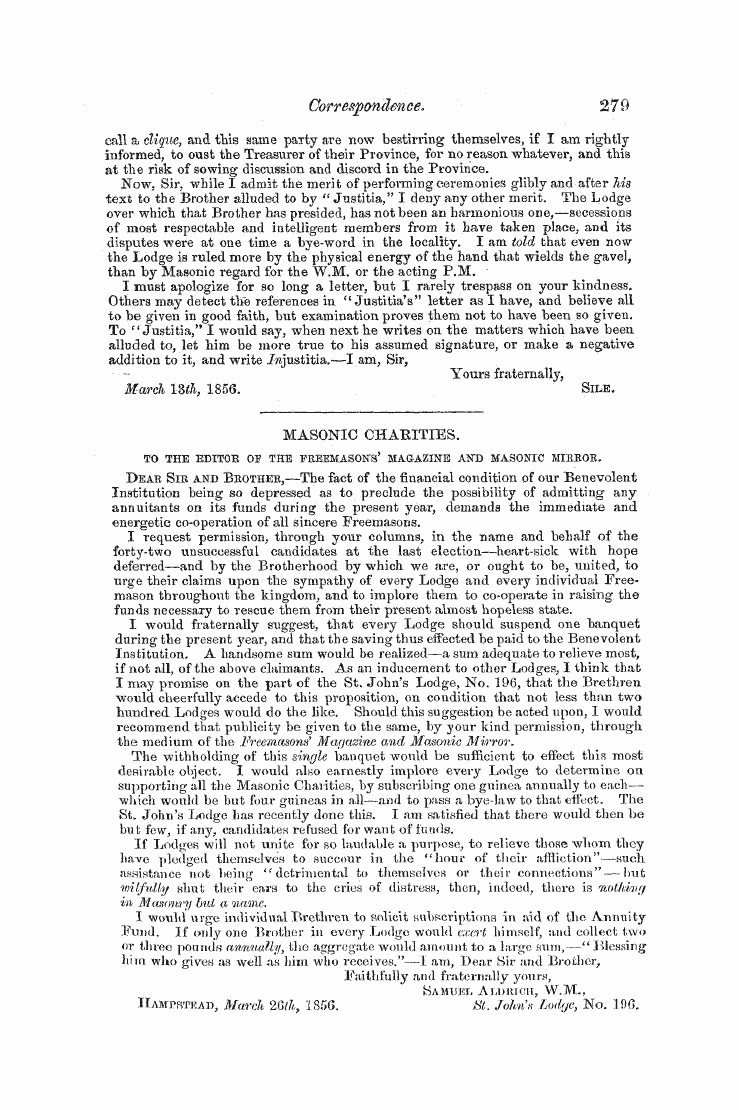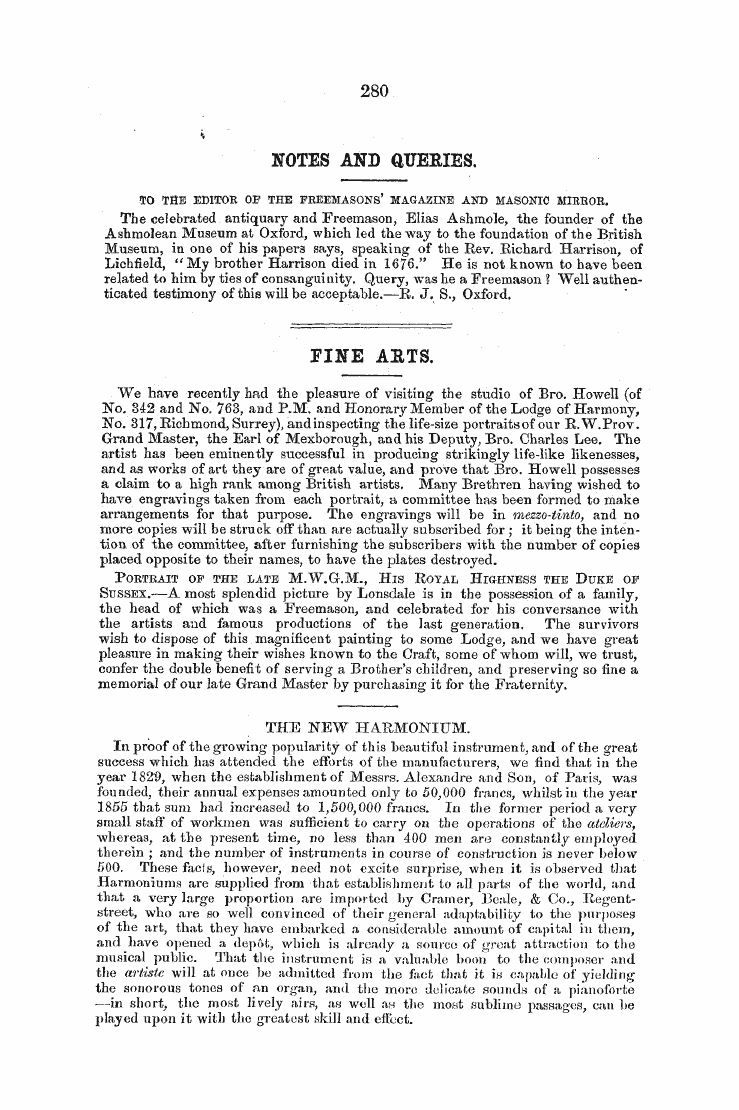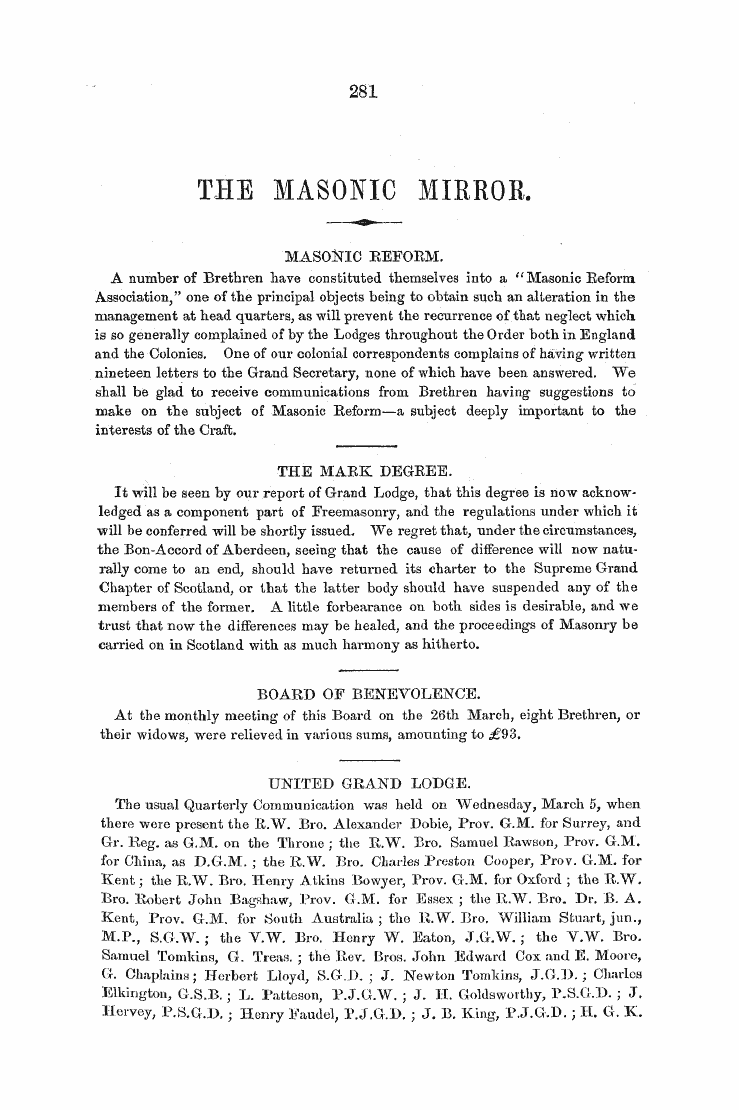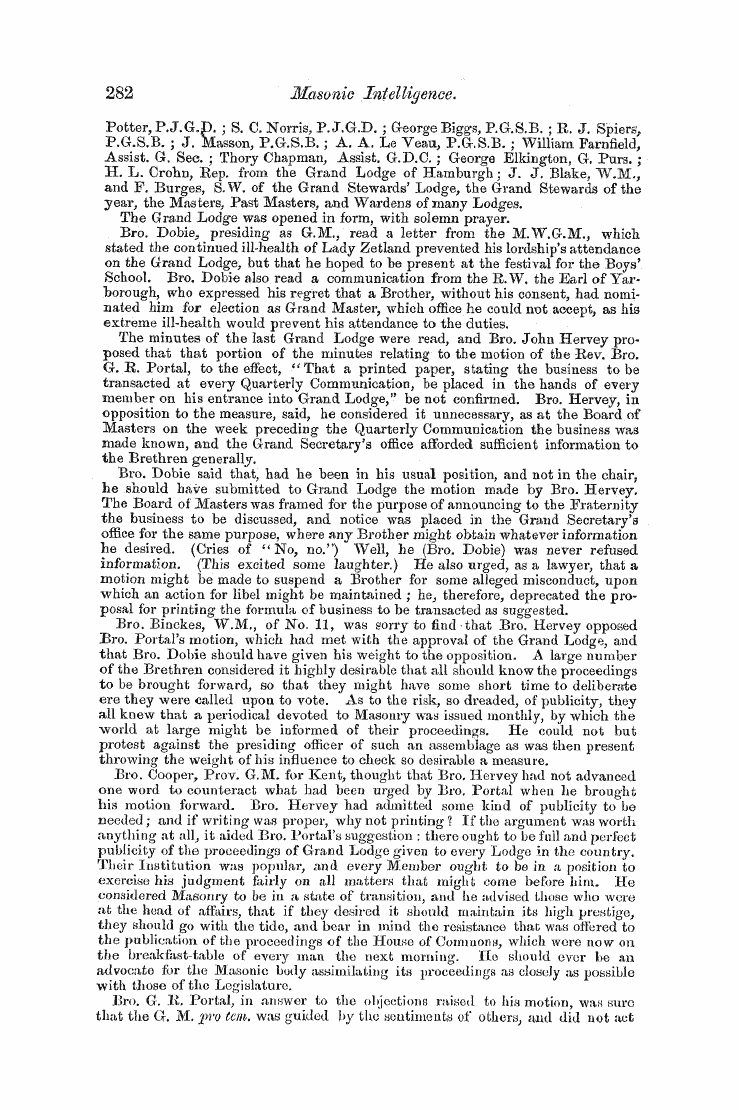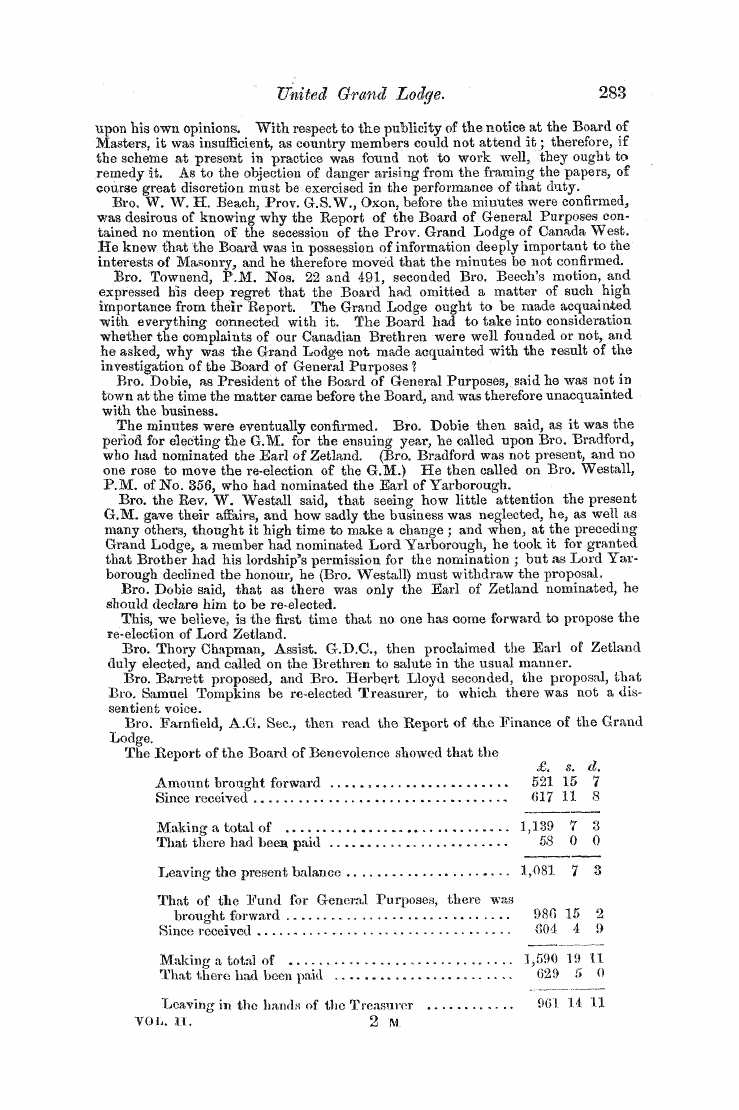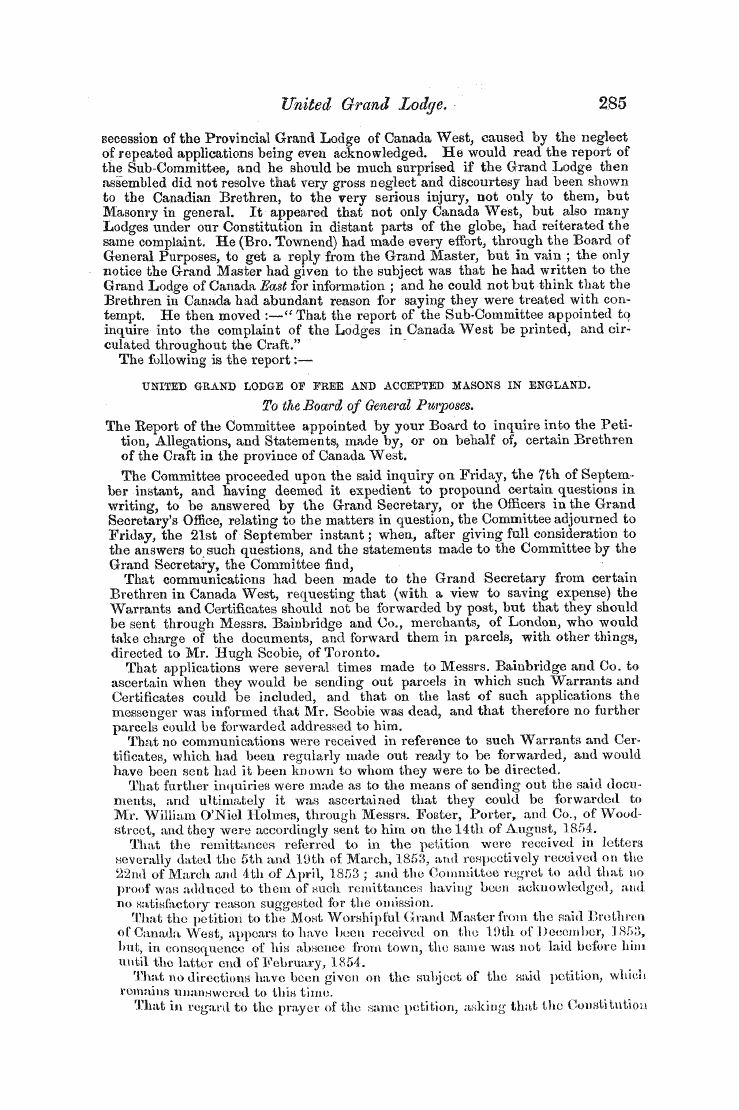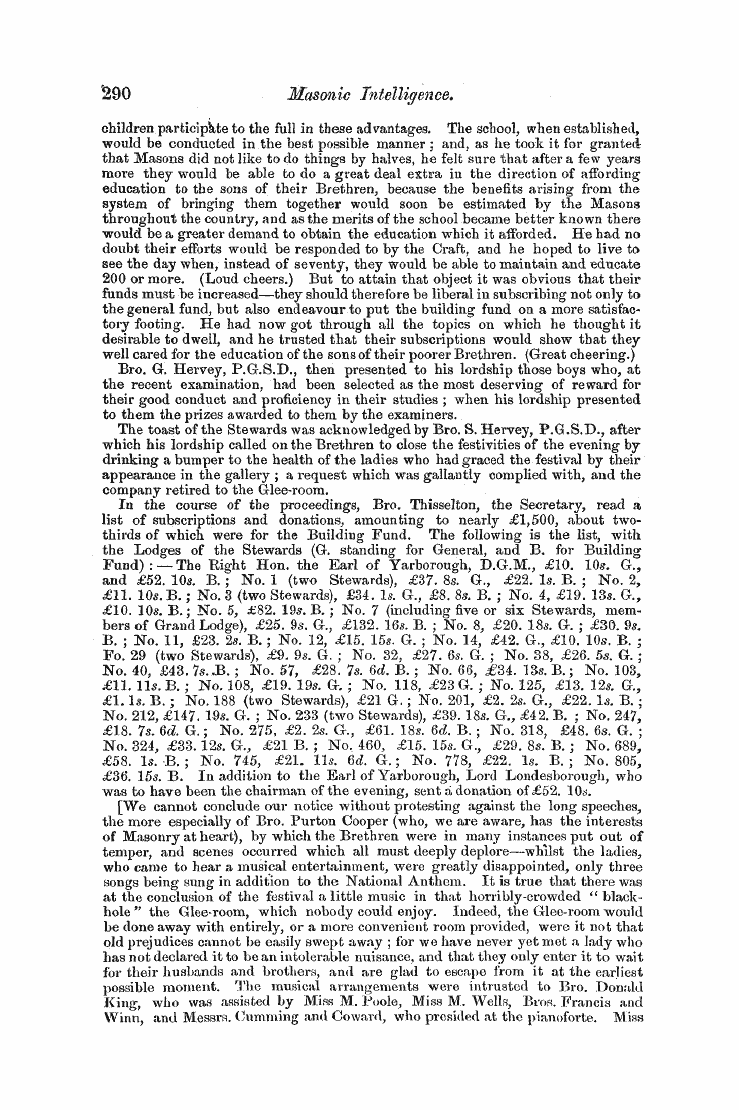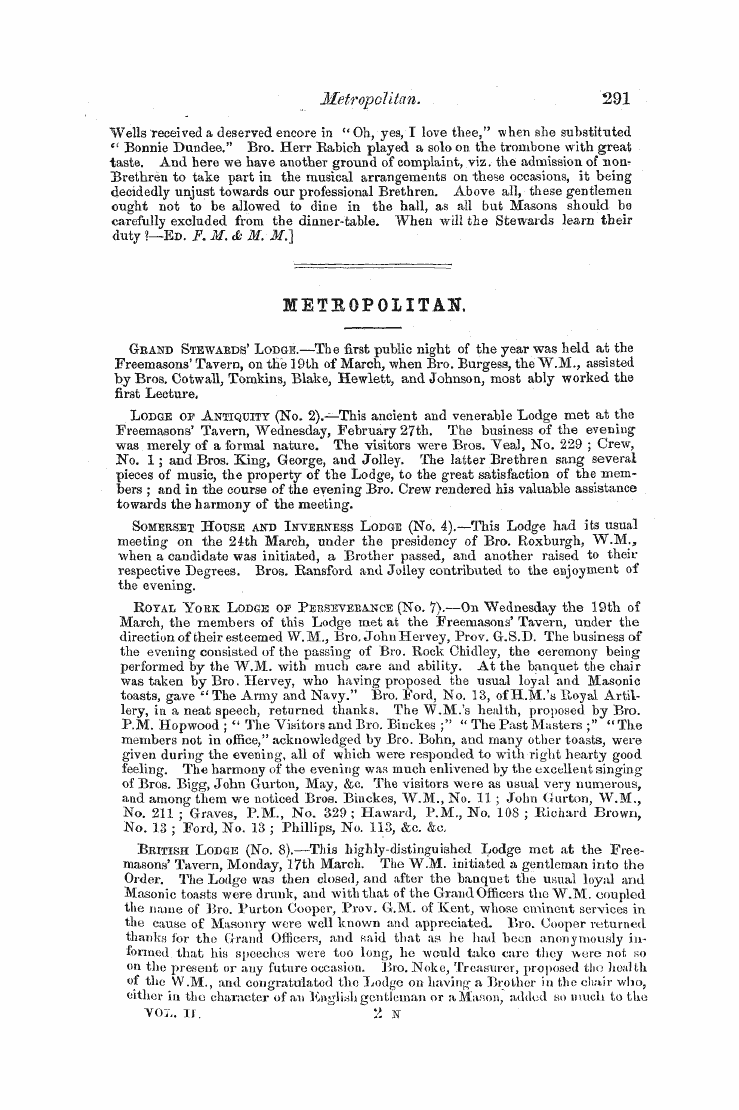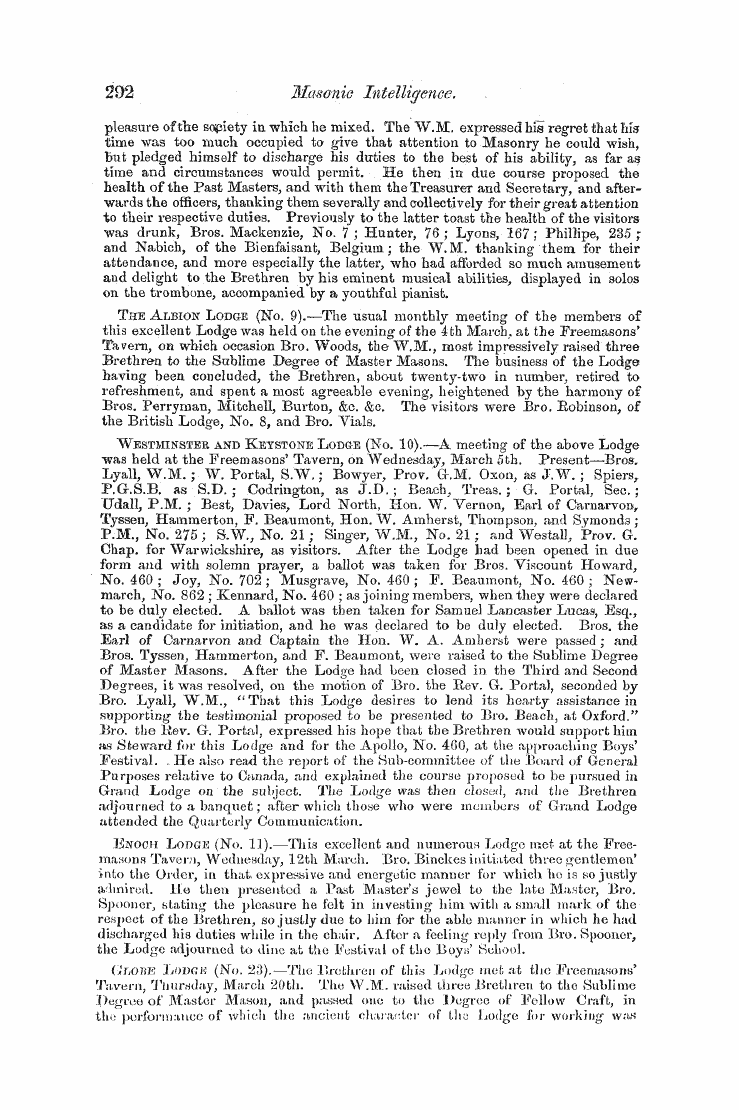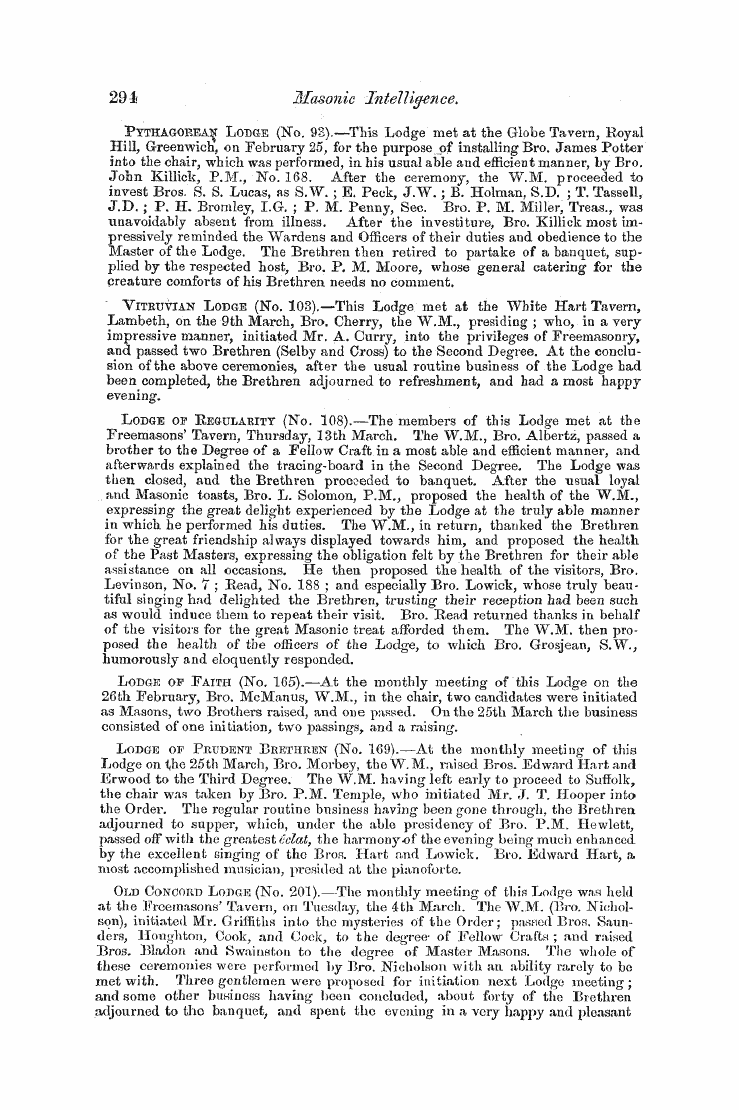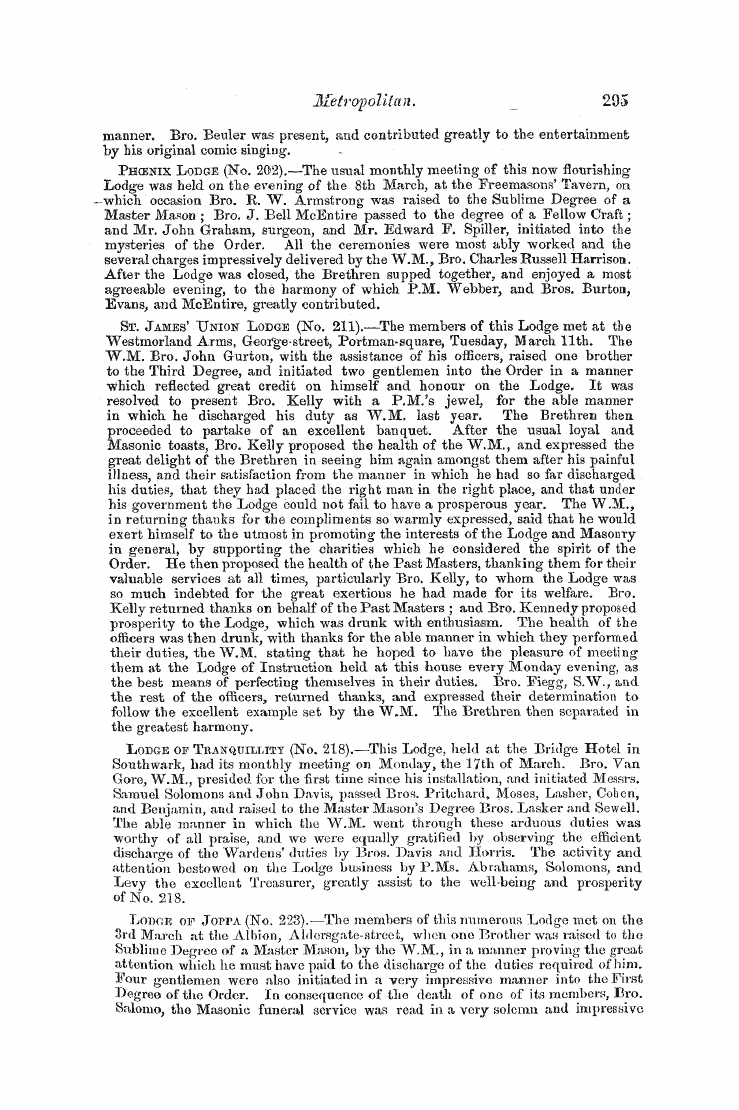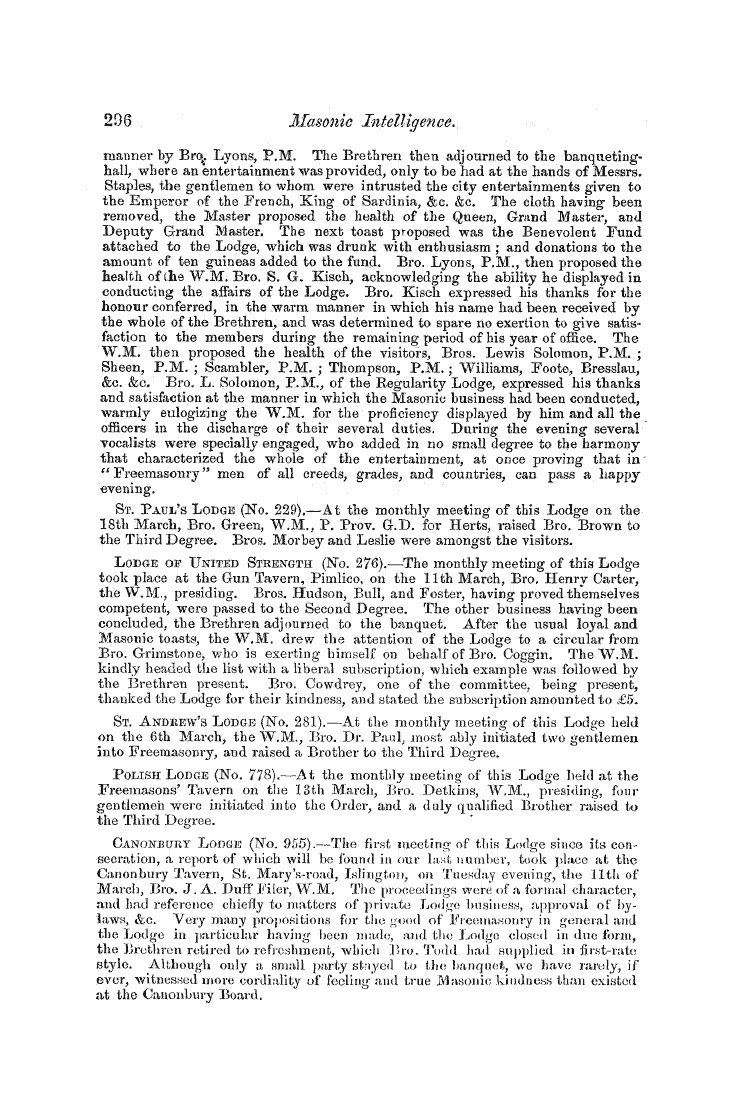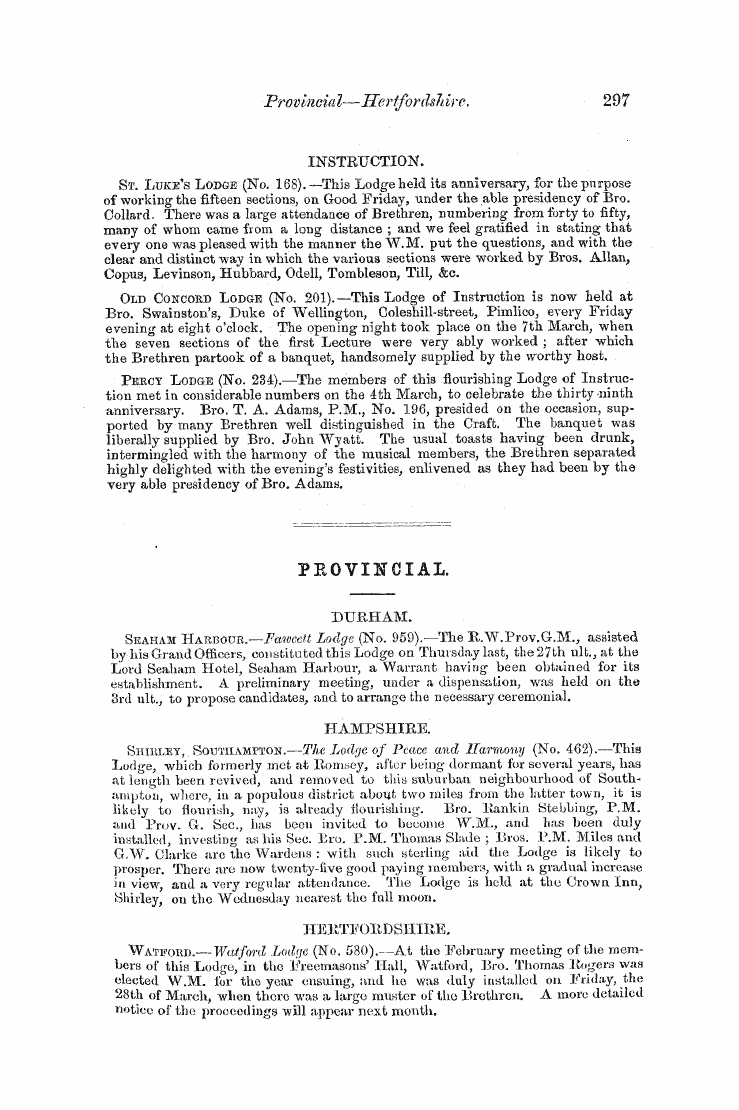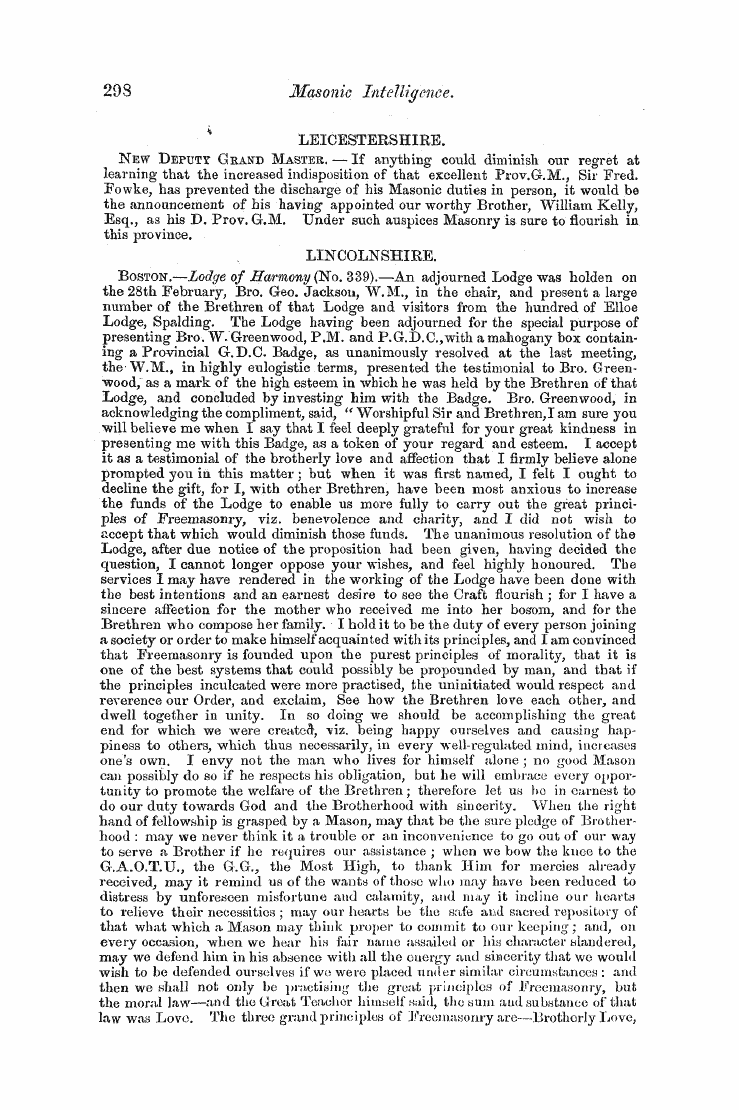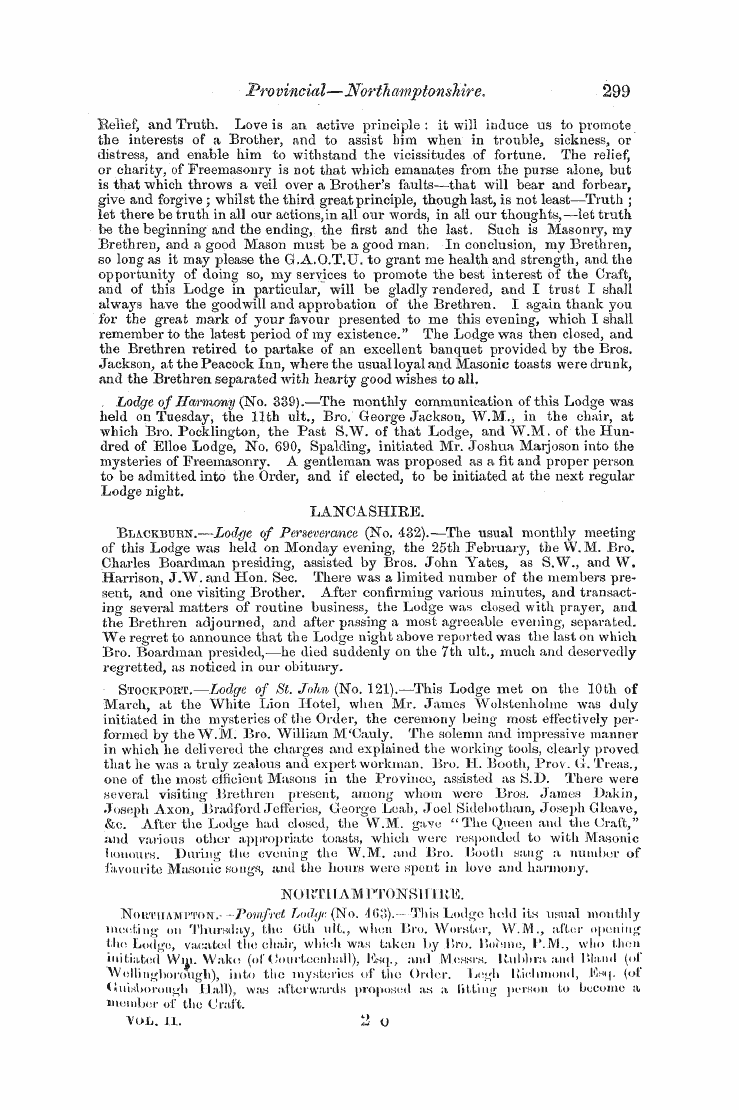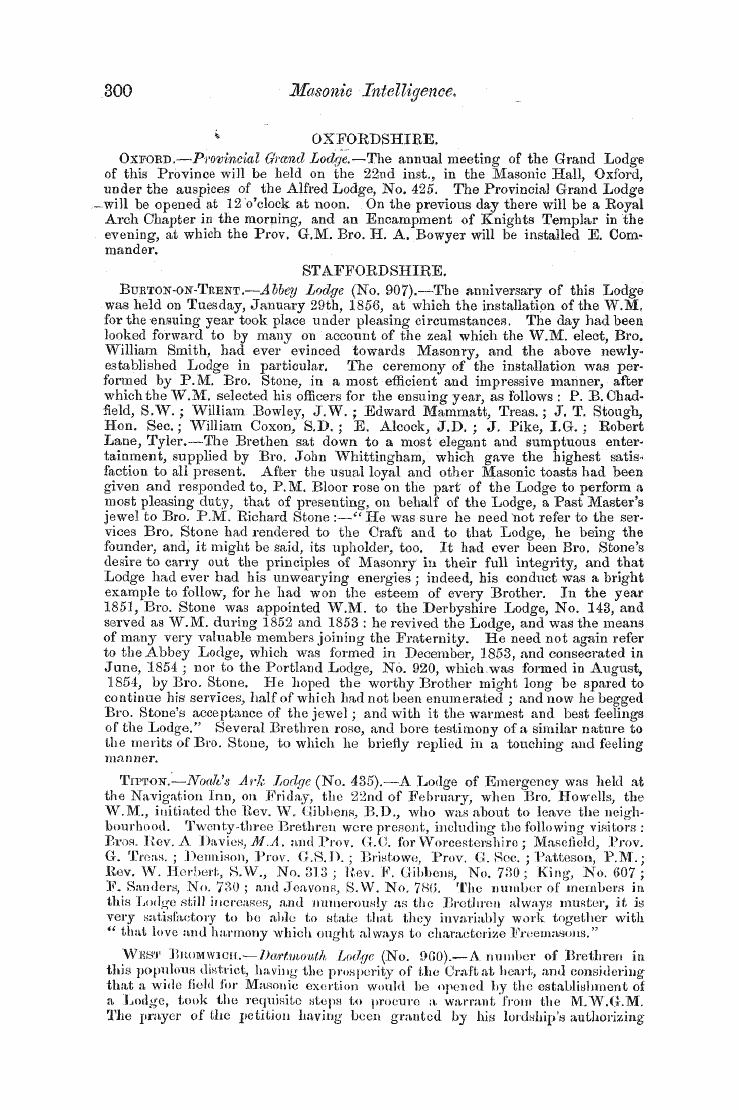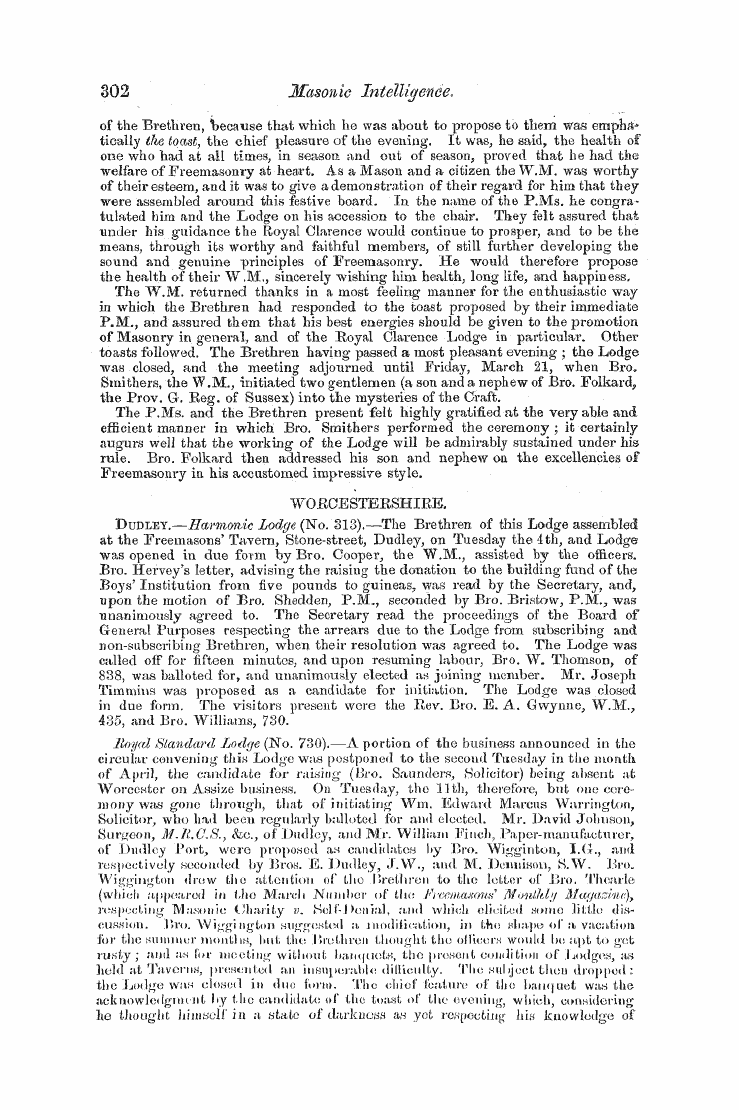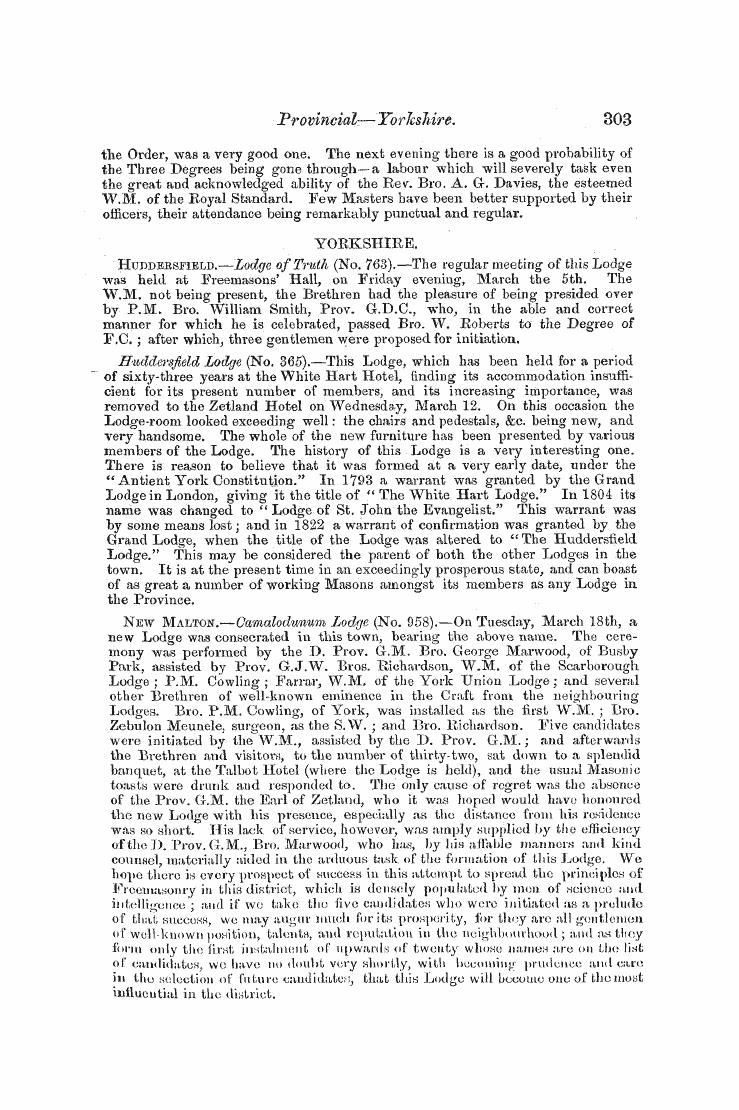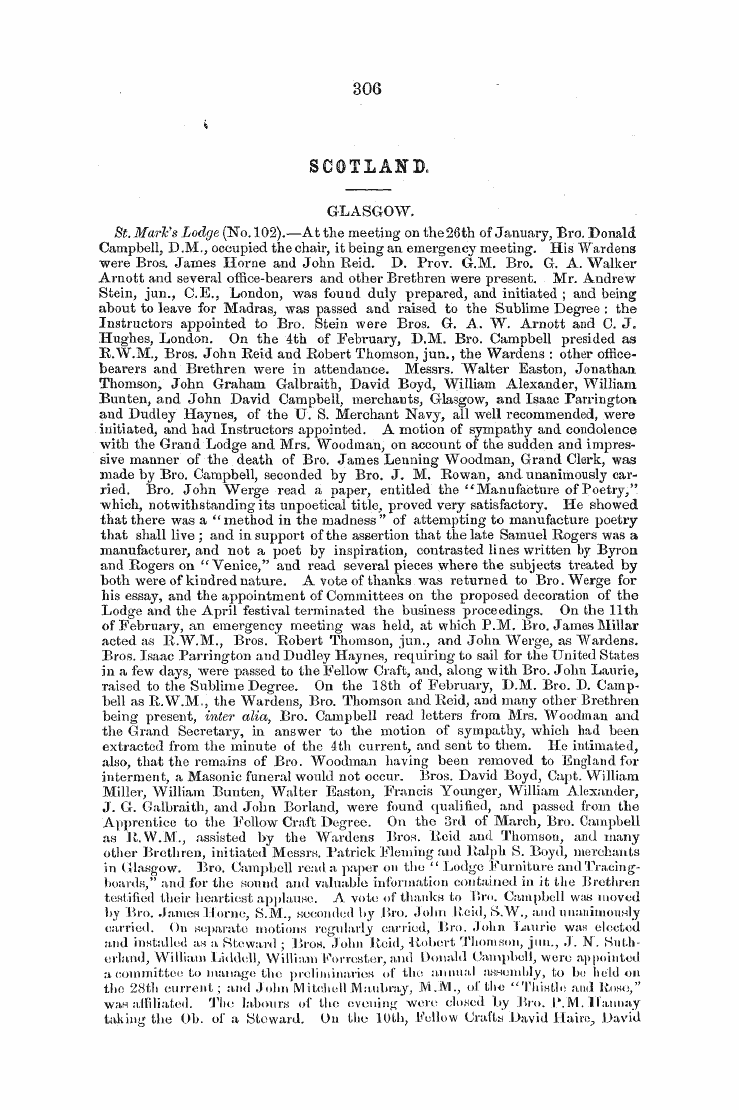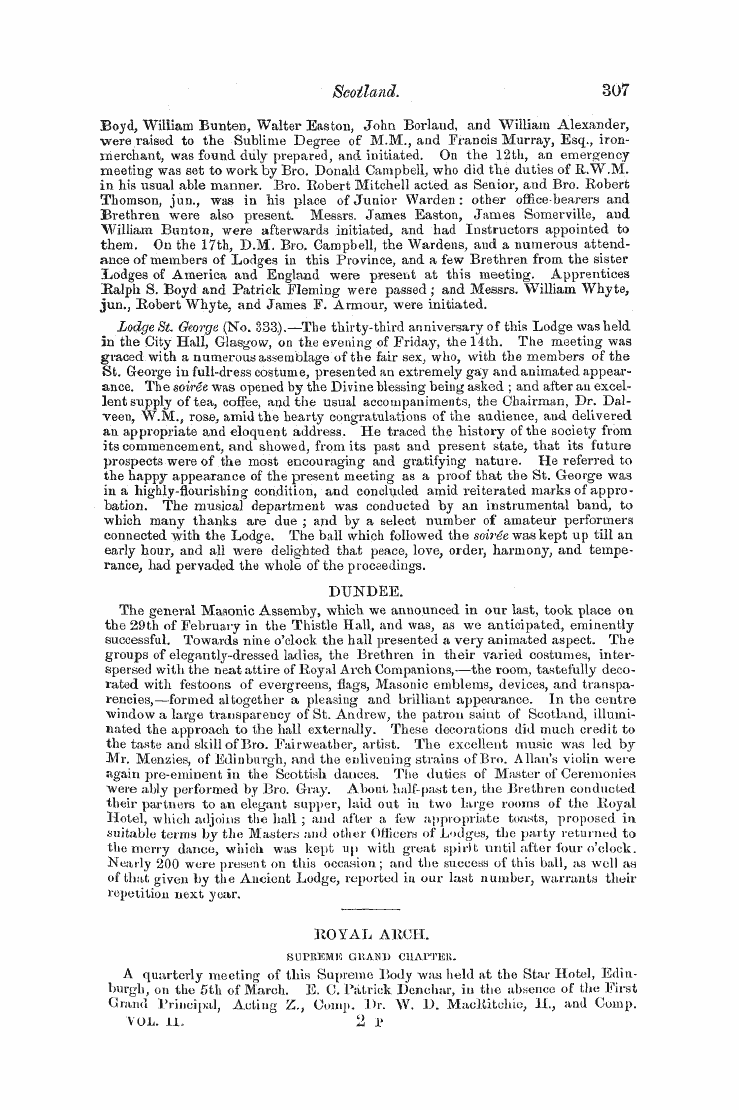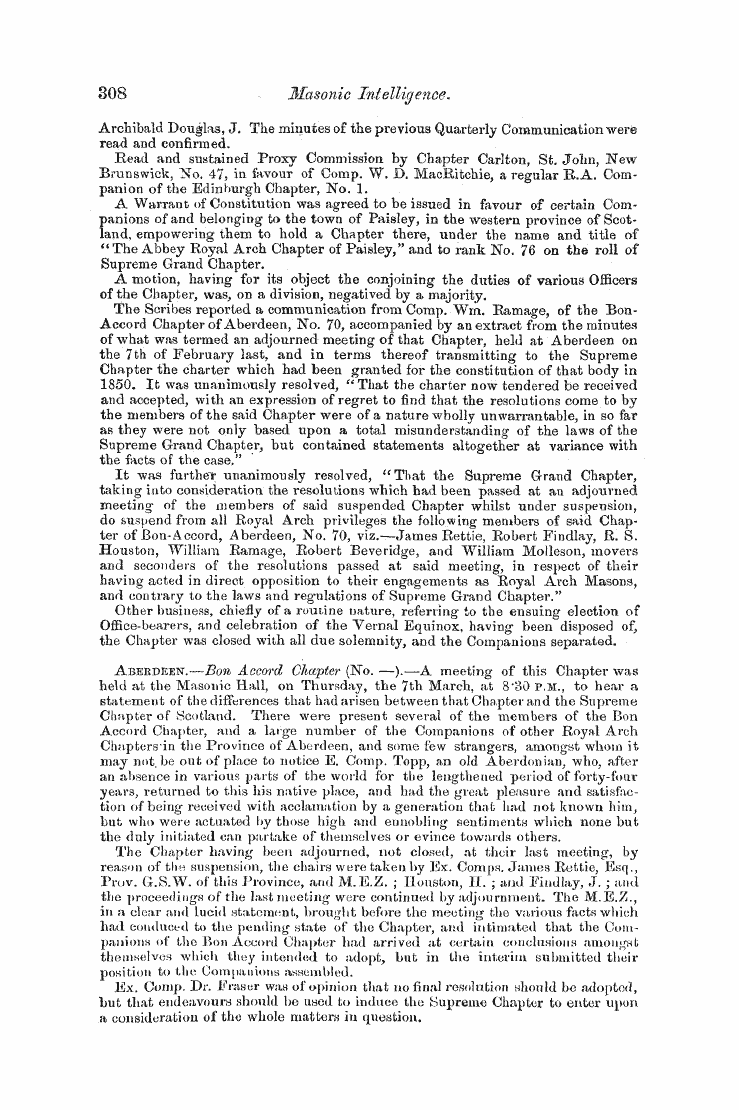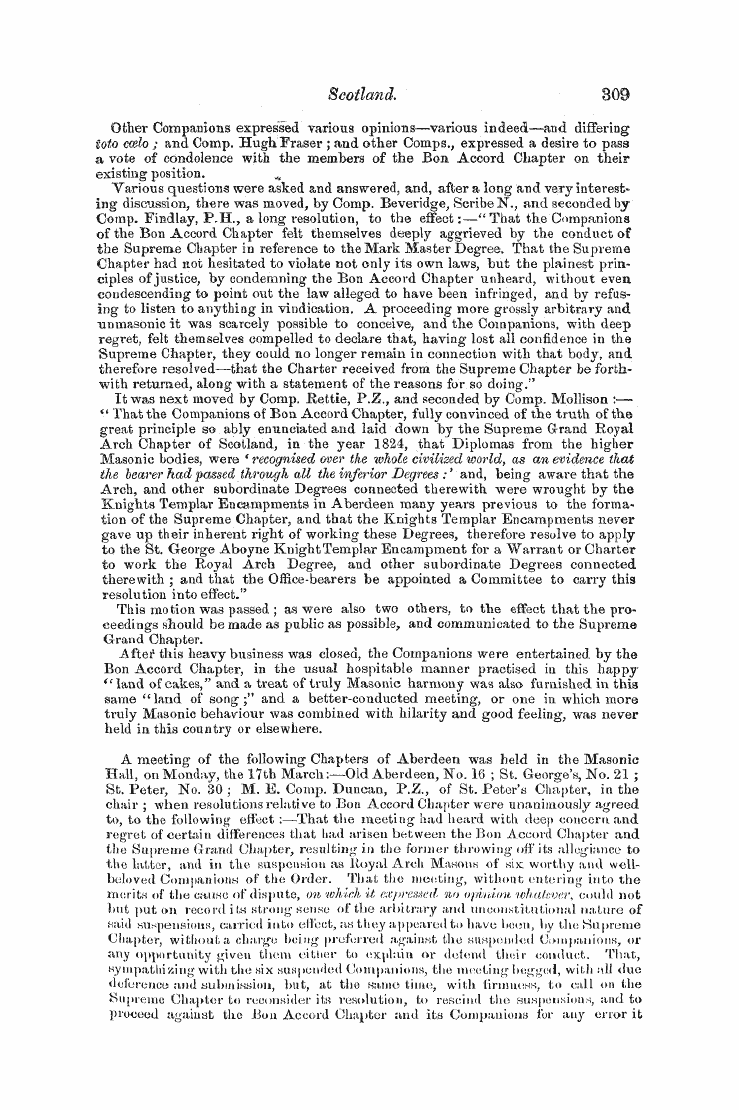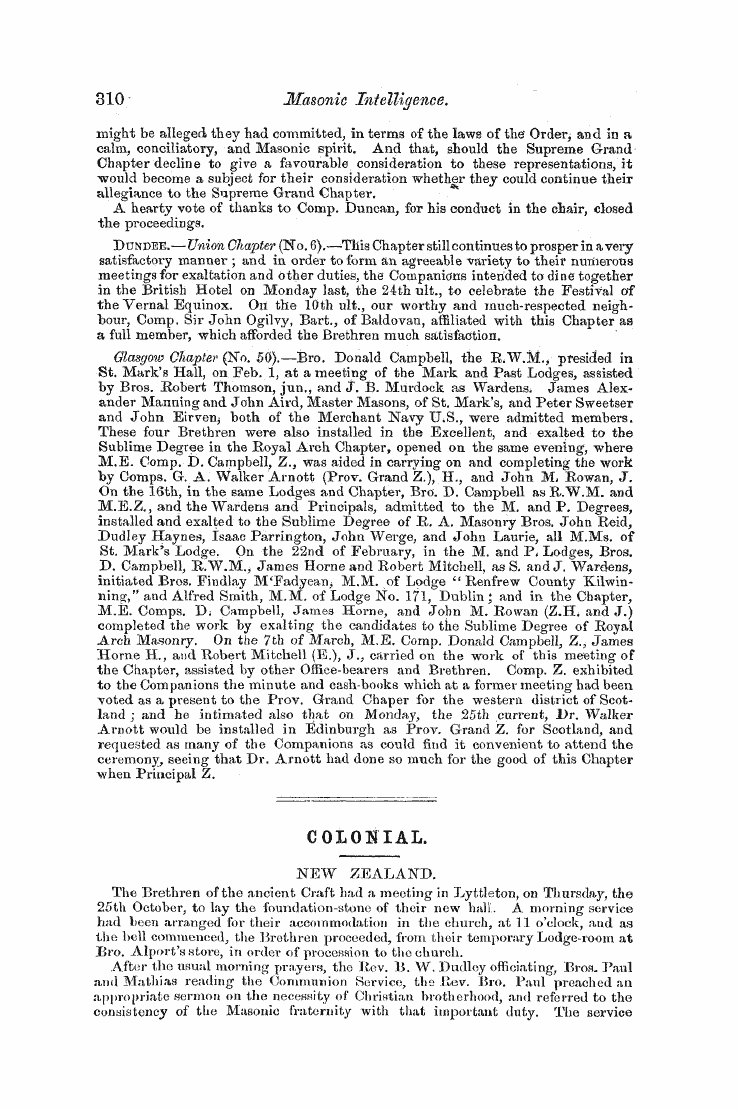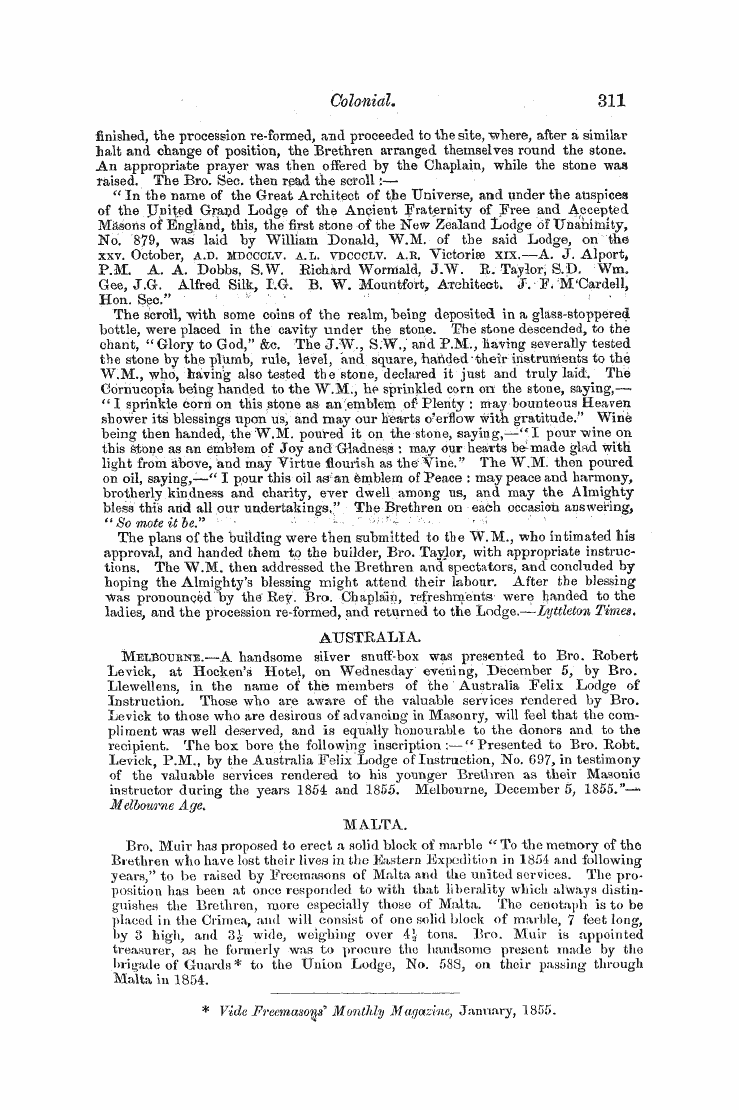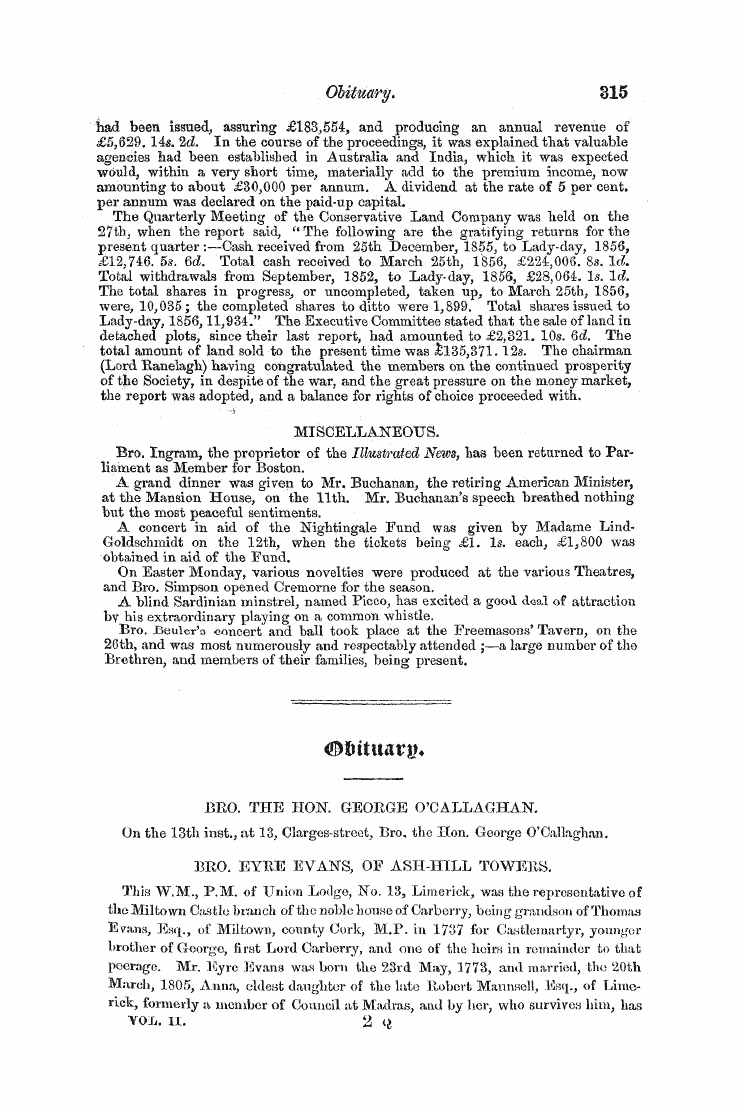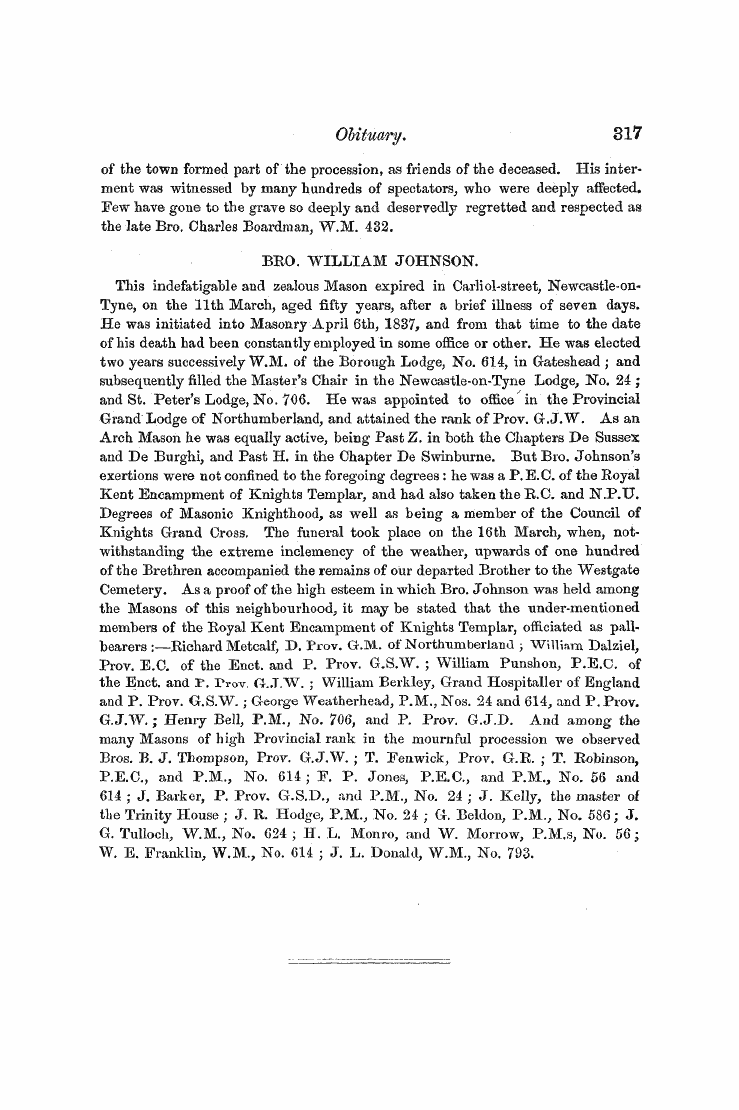-
Articles/Ads
Article Untitled Article ← Page 4 of 6 →
Note: This text has been automatically extracted via Optical Character Recognition (OCR) software.
Untitled Article
V . And then with a skip and a jump , and a silent laugh , we faucy we see Mr . and Mrs . Cockle tumbling gloriously , and dancing and kissing , and chasing one another merrily . Thus writes Mr . Gtosse in his Aquarium ( p . 222 ) : — ct Many persons are aware that the common cockle can perform gymnastic f-eats of no mean celebrity , but the evolutions of Signer Tuberculato are worth seeing .
Some of the troupe I had put into a pan of sea-water ; others I had turned out into a dish , dry , as knowing that an occasional exposure to the air is a contingency that they are not unused to . By-and-by , as we were quietly reading , our attention was attracted to the table , where the dish was placed , by a rattling uproar , as if flint stones were rolling one over the other about the dish . i Oh , look at the cockles V was the exclamation ; and they were indeed displaying their agility , and their beauty too , in fine style . The valves of the largest were gaping to the extent of three-quarters of an . inch : bub the intermediate space was filled up by the
spongy dooking , fleshy mantle , of a semi-pellucid orange hue . At one end protruded the syphons , two thick short tubes , soldered , as it were , into one , and enveloped on all sides in a shaggy fringe of cirri , or tentacles . The circular orifices of these tubes—small holes , perfectly round , with a white border—had a curious appearance , as we looked at the heart-shaped end of the valves . The discharging orifices , however , were but rarely visible , being usually closed , while the others remained constantly open . But these things were what we afterwards saw . For some time we could look at nothing but the magnificent foot , and the curious manner in which it was used .
" The two lips of the mantle suddenly separate , and gaping widely all along the front , recede nearly to the valves ; while at the same moment a huge organ is thrust out , somewhat like a tongue , nearly cylindrical , but a little flattened , and tapering to a point . ' Its surface is smooth , and brilliantly glossy , and its colour a fine rich scarlet , approaching to orange ; but a better idea of it than can be conveyed by any description , will be obtained by supposing it to be made of polished cornelian .
" This beautiful and versatile foot is suddenly thrust out sideways , to the distance of four inches from the shell ; then its point being curved backwards ^ the animal pushes it strongly against any opposing object , by the resistance of which the whole animal , shell and all , makes a considerable step forwards . If the cockle were on its native sands , the leaps thus made would doubtless be more precise in their direction , and much more effective ; but cooped up with its fellows in a deep dish , all these herculean efforts availed only to knock the massive shells against the sides , or roll them irregularly over each other . "
Kirby writes thus in his interesting Bridgewater Treatise : "" The common cockle ( Oardium edule ) , Poli says , can not only , by means of its foot , turn round , or to either side , but even take a good leap . The trigons , nearly related to the cockle , are mostly fossils , but there is one recent species , found on
the coast of New Holland , called originally , from the pearly lustre of the inside of its shells , the pearl trigon ( Trigania ) , a name changed without reason by Lamarck . This , which was originally taken by Lesreur and . since by Captain King , was more recently brought from thence by Mr . Setchbury , who told me that they would leap over the gunwale of a boat in which he was , to the height of above four inches . The foot of this animal is bent at an acute angle , so as , upon pressure , to form a
very elastic organ , and that of the cockle is nearly the same . " This common cockle , says the same writer , is . also a borer . Mr . Osier , in a very interesting paper in the Philosophical Transactions for 1820 , has described the way in which they bury themselves . The foot of the cockle , he observes , is very strong and stiff , and is the instrument by which they principally perform this operation ; but to look at it when unemployed , we cannot readily conceive how it can make a burrow capacious enough for so large a shell . Its point , indeed , is solid , and a viscid secretion from its surface enables it to fix itself more firmly in the sand ; but this alone is not sufficient to accomplish this purpose : it is therefore VOL . II , 2 K
Note: This text has been automatically extracted via Optical Character Recognition (OCR) software.
Untitled Article
V . And then with a skip and a jump , and a silent laugh , we faucy we see Mr . and Mrs . Cockle tumbling gloriously , and dancing and kissing , and chasing one another merrily . Thus writes Mr . Gtosse in his Aquarium ( p . 222 ) : — ct Many persons are aware that the common cockle can perform gymnastic f-eats of no mean celebrity , but the evolutions of Signer Tuberculato are worth seeing .
Some of the troupe I had put into a pan of sea-water ; others I had turned out into a dish , dry , as knowing that an occasional exposure to the air is a contingency that they are not unused to . By-and-by , as we were quietly reading , our attention was attracted to the table , where the dish was placed , by a rattling uproar , as if flint stones were rolling one over the other about the dish . i Oh , look at the cockles V was the exclamation ; and they were indeed displaying their agility , and their beauty too , in fine style . The valves of the largest were gaping to the extent of three-quarters of an . inch : bub the intermediate space was filled up by the
spongy dooking , fleshy mantle , of a semi-pellucid orange hue . At one end protruded the syphons , two thick short tubes , soldered , as it were , into one , and enveloped on all sides in a shaggy fringe of cirri , or tentacles . The circular orifices of these tubes—small holes , perfectly round , with a white border—had a curious appearance , as we looked at the heart-shaped end of the valves . The discharging orifices , however , were but rarely visible , being usually closed , while the others remained constantly open . But these things were what we afterwards saw . For some time we could look at nothing but the magnificent foot , and the curious manner in which it was used .
" The two lips of the mantle suddenly separate , and gaping widely all along the front , recede nearly to the valves ; while at the same moment a huge organ is thrust out , somewhat like a tongue , nearly cylindrical , but a little flattened , and tapering to a point . ' Its surface is smooth , and brilliantly glossy , and its colour a fine rich scarlet , approaching to orange ; but a better idea of it than can be conveyed by any description , will be obtained by supposing it to be made of polished cornelian .
" This beautiful and versatile foot is suddenly thrust out sideways , to the distance of four inches from the shell ; then its point being curved backwards ^ the animal pushes it strongly against any opposing object , by the resistance of which the whole animal , shell and all , makes a considerable step forwards . If the cockle were on its native sands , the leaps thus made would doubtless be more precise in their direction , and much more effective ; but cooped up with its fellows in a deep dish , all these herculean efforts availed only to knock the massive shells against the sides , or roll them irregularly over each other . "
Kirby writes thus in his interesting Bridgewater Treatise : "" The common cockle ( Oardium edule ) , Poli says , can not only , by means of its foot , turn round , or to either side , but even take a good leap . The trigons , nearly related to the cockle , are mostly fossils , but there is one recent species , found on
the coast of New Holland , called originally , from the pearly lustre of the inside of its shells , the pearl trigon ( Trigania ) , a name changed without reason by Lamarck . This , which was originally taken by Lesreur and . since by Captain King , was more recently brought from thence by Mr . Setchbury , who told me that they would leap over the gunwale of a boat in which he was , to the height of above four inches . The foot of this animal is bent at an acute angle , so as , upon pressure , to form a
very elastic organ , and that of the cockle is nearly the same . " This common cockle , says the same writer , is . also a borer . Mr . Osier , in a very interesting paper in the Philosophical Transactions for 1820 , has described the way in which they bury themselves . The foot of the cockle , he observes , is very strong and stiff , and is the instrument by which they principally perform this operation ; but to look at it when unemployed , we cannot readily conceive how it can make a burrow capacious enough for so large a shell . Its point , indeed , is solid , and a viscid secretion from its surface enables it to fix itself more firmly in the sand ; but this alone is not sufficient to accomplish this purpose : it is therefore VOL . II , 2 K




















